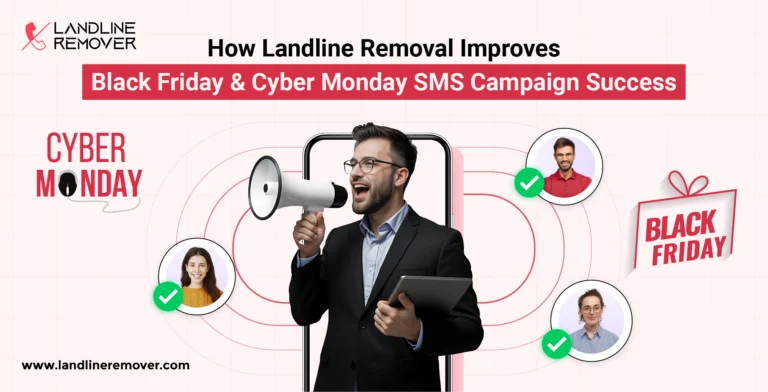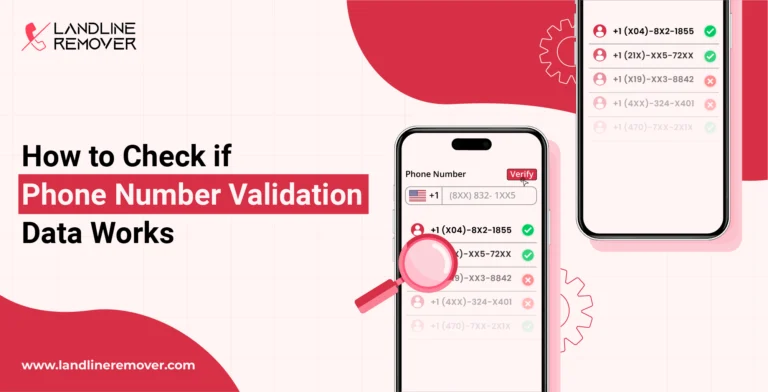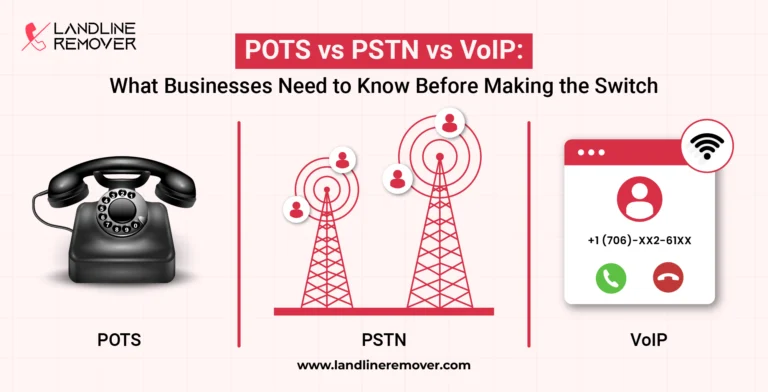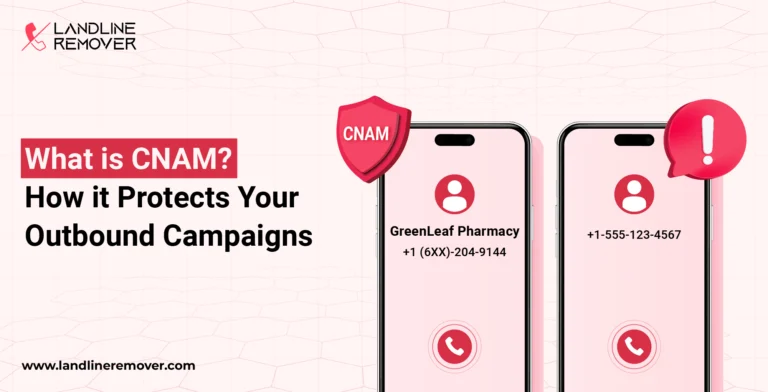Blog

Boost your Black Friday & Cyber Monday SMS success with clean, validated phone lists. Learn how Landline Remover improve...

Don’t risk TCPA fines! Learn how to follow DNC rules, collect consent properly, and build a compliant calling strategy...

Learn how to check if your data phone number validation works. Boost SMS deliverability, reduce invalid contacts, and en...

Master the do not call list scrub process with a simple DNC scrubber workflow. Stay compliant, avoid costly fines, and b...

Explore the key differences in VoIP vs PSTN and POTS vs PSTN. Learn which phone system best fits your business needs for...

Learn what is CNAM and how CNAM phone number setup boosts trust, reduces spam flags, and improves call answer rates for ...


